Home>Gardening & Outdoor>Outdoor Entertaining>How Much Wood For Fire Pit
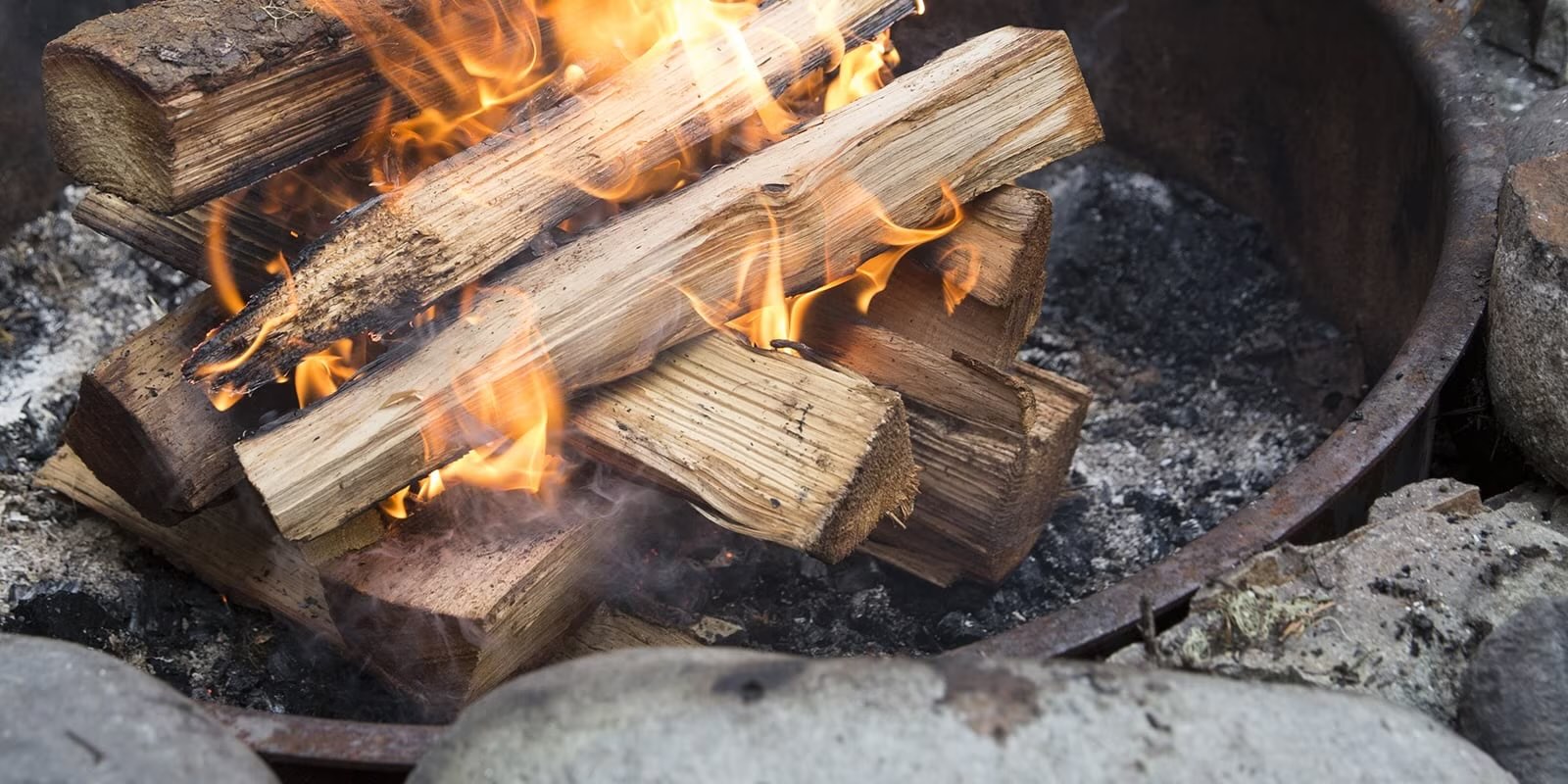

Outdoor Entertaining
How Much Wood For Fire Pit
Modified: February 18, 2024
Get ready for outdoor entertaining with our guide on how much wood to use for your fire pit. Ensure a cozy and inviting atmosphere for your next gathering.
(Many of the links in this article redirect to a specific reviewed product. Your purchase of these products through affiliate links helps to generate commission for Storables.com, at no extra cost. Learn more)
Types of Fire Pits
When it comes to outdoor entertaining, few things rival the cozy ambiance of a crackling fire pit. Whether you're hosting a gathering with friends, enjoying a peaceful evening with your family, or simply unwinding after a long day, a fire pit can elevate the experience to a whole new level. However, to ensure that your fire pit provides the desired warmth and atmosphere, it's essential to use the right type and amount of wood. In this guide, we'll explore the various types of fire pits, factors to consider when choosing wood, and tips for maximizing your fire pit's performance.
Types of Fire Pits
Introduction
Picture this: a starry night, the gentle crackle of a warm fire, and the comforting scent of burning wood wafting through the air. A fire pit has the remarkable ability to transform any outdoor space into a captivating and inviting retreat. Whether it’s a backyard barbecue, a camping trip, or a simple evening of relaxation, a fire pit adds a touch of warmth and charm to the ambiance. However, to make the most of this experience, it’s crucial to understand the different types of fire pits available and the optimal wood choices for each.
Key Takeaways:
- Choose the right wood for your fire pit based on factors like type, moisture content, and size to ensure a cozy and efficient outdoor experience.
- Estimate the amount of wood needed for your fire pit by considering its size, burn time, and wood type, and follow practical tips for safe and captivating fireside gatherings.
Read more: How To Arrange Wood In A Fire Pit
Types of Fire Pits
Fire pits come in a variety of styles, each offering unique features and benefits. Understanding the different types can help you choose the best option for your outdoor space and wood-burning needs.
- Wood-Burning Fire Pits: Traditional and rustic, wood-burning fire pits create a classic campfire ambiance. They are typically constructed from durable materials such as steel, copper, or stone, and offer a nostalgic, back-to-nature feel. These fire pits require a steady supply of firewood and are ideal for those who enjoy the process of building and tending a fire.
- Gas Fire Pits: For a more modern and convenient option, gas fire pits provide instant flames at the flip of a switch. They are often fueled by natural gas or propane, offering clean-burning and hassle-free operation. While they may lack the authentic crackle and aroma of a wood fire, gas fire pits are low-maintenance and can be an excellent choice for those seeking quick and controllable heat.
- Smokeless Fire Pits: Designed to minimize smoke production, smokeless fire pits utilize advanced airflow technology to achieve efficient and clean combustion. These innovative fire pits are perfect for those who want to enjoy the warmth and ambiance of a fire without the inconvenience of smoke wafting into their eyes and clothes.
- Tabletop Fire Pits: Compact and versatile, tabletop fire pits are excellent for small outdoor spaces, such as balconies or patios. They often run on clean-burning gel fuel or small propane canisters, providing a charming focal point for intimate gatherings and adding a touch of warmth to cozy settings.
Each type of fire pit offers its own set of advantages, so consider your preferences, space limitations, and desired level of maintenance when selecting the perfect fire pit for your outdoor entertaining needs.
Factors to Consider
Choosing the right wood for your fire pit involves considering several important factors to ensure a safe, efficient, and enjoyable outdoor fire experience.
- Wood Type: The type of wood you select can significantly impact the quality of your fire. Hardwoods such as oak, hickory, and maple burn longer and produce more heat, making them ideal choices for sustained warmth. Softwoods like pine and cedar ignite quickly and create a pleasant aroma, but they burn faster and produce more smoke.
- Moisture Content: Opt for seasoned firewood with a low moisture content to minimize smoke and maximize heat output. Wet or green wood not only produces excessive smoke but also burns inefficiently, leading to more frequent refueling and reduced warmth.
- Size and Cut: Properly sized and split firewood ignites more easily and burns consistently. Select wood pieces that fit comfortably in your fire pit and allow for adequate airflow, promoting efficient combustion and a steady flame.
- Local Regulations: Be mindful of any local restrictions or regulations regarding outdoor burning and wood usage. Some areas have specific guidelines for the type of wood that can be burned, as well as rules to minimize air pollution and maintain air quality standards.
- Environmental Impact: Consider the environmental impact of your wood choices. Opt for sustainably sourced firewood to support responsible forestry practices and minimize your ecological footprint.
By taking these factors into account, you can make informed decisions when selecting and using wood for your fire pit, ensuring a delightful and eco-conscious outdoor entertaining experience.
A good rule of thumb is to start with a small amount of wood, like kindling, and gradually add larger pieces as the fire grows. A typical fire pit can usually be fueled with 3-5 pieces of firewood at a time.
Calculating Wood Needed
Estimating the amount of wood required for your fire pit involves considering several factors, including the size of your fire pit, the duration of your gathering, and the type of wood you plan to use. By following these guidelines, you can determine the appropriate quantity of firewood to keep your fire pit ablaze throughout your outdoor event.
Fire Pit Size: Measure the diameter and depth of your fire pit to gauge its capacity. Larger fire pits will necessitate more wood to maintain a consistent flame, while smaller fire pits may require less fuel for adequate warmth.
Burn Time: Consider the duration of your gathering or the length of time you intend to keep the fire pit lit. Longer events will naturally require a greater supply of wood, while shorter gatherings may necessitate a more modest amount of fuel.
Wood Type: Different wood varieties have varying burn rates and heat outputs. Hardwoods generally burn longer and hotter than softwoods, so adjust your wood quantity based on the type you plan to use.
Estimation: As a general rule, plan for approximately 10-15 pounds of firewood per hour for a medium-sized fire pit. If you anticipate a longer event or desire a more robust flame, adjust the quantity accordingly. It’s always better to have a surplus of firewood than to run out mid-celebration.
Seasoned Wood: Using well-seasoned firewood with low moisture content can optimize burn efficiency, requiring less wood overall to achieve the desired warmth and ambiance. Be sure to store your firewood in a dry, well-ventilated area to maintain its quality and readiness for use.
By factoring in these considerations and making slight adjustments based on your specific situation, you can confidently ensure that you have the perfect amount of wood to keep your fire pit glowing and your outdoor gathering delightful.
Tips for Using Wood in a Fire Pit
Maximizing the performance and enjoyment of your fire pit involves more than just adding wood to the flames. By following these practical tips, you can elevate your outdoor fire experience and create a safe, efficient, and captivating ambiance.
- Start with Kindling: Begin by placing a small amount of kindling, such as dry twigs or newspaper, at the bottom of the fire pit. This helps ignite the larger wood pieces and establishes a solid base for the fire.
- Layer Wood Gradually: Add wood to the fire pit gradually, allowing each piece to catch fire and burn steadily. Avoid overcrowding the pit, as this can impede airflow and diminish the fire’s performance.
- Position Wood Properly: Stack larger wood pieces in a crisscross or teepee arrangement to facilitate airflow and promote efficient combustion. This stacking method encourages the flames to spread evenly and ensures consistent heat distribution.
- Maintain Airflow: Adequate airflow is crucial for sustaining a vibrant fire. Avoid stacking wood too tightly, as this can restrict oxygen flow and lead to smoldering rather than lively flames. Additionally, periodically stoke the fire to encourage air circulation and keep the flames robust.
- Monitor the Fire: Keep a watchful eye on the fire pit throughout its use, ensuring that the flames remain at a safe and manageable height. Adjust the wood as needed to maintain the desired warmth and prevent the fire from becoming overly intense.
- Practice Safety Precautions: Always prioritize safety when using a fire pit. Keep a fire extinguisher, bucket of sand, or water source nearby in case of emergencies, and never leave the fire unattended, especially when children or pets are present.
- Clean Up Responsibly: After the fire has extinguished and the embers have cooled, dispose of the ashes in a designated area, taking care to prevent any potential fire hazards. Properly store any remaining firewood in a dry location for future use.
By implementing these tips, you can optimize the use of wood in your fire pit, ensuring a delightful and secure outdoor gathering for yourself and your guests.
Read more: How To Store Wood For Fire Pit
Conclusion
As you immerse yourself in the enchanting allure of outdoor entertaining, a well-appointed fire pit becomes an indispensable centerpiece, offering warmth, ambiance, and a focal point for shared moments. By understanding the diverse types of fire pits available and the optimal wood choices for each, you can curate an outdoor space that exudes comfort and hospitality.
Consider the factors that influence your wood selection, from the type and moisture content of the wood to local regulations and environmental impact. By making informed decisions, you can ensure a captivating fire experience while minimizing environmental impact and adhering to any relevant guidelines.
When estimating the amount of wood needed for your fire pit, take into account its size, the duration of your gathering, and the type of wood you plan to use. By following these practical considerations, you can strike the perfect balance, ensuring a steady and inviting flame throughout your outdoor event.
Implementing effective tips for using wood in your fire pit, such as starting with kindling, layering wood gradually, and maintaining proper airflow, allows you to maximize the performance and safety of your fire pit. By practicing these techniques, you can create a mesmerizing and secure outdoor environment for yourself and your guests to enjoy.
Ultimately, a well-tended fire pit, complemented by the right wood selection and thoughtful usage, can elevate any outdoor gathering, fostering cherished memories and a sense of connection. Embrace the warmth and allure of a crackling fire, and savor the enchanting moments it kindles in the hearts of all who gather around it.
Frequently Asked Questions about How Much Wood For Fire Pit
Was this page helpful?
At Storables.com, we guarantee accurate and reliable information. Our content, validated by Expert Board Contributors, is crafted following stringent Editorial Policies. We're committed to providing you with well-researched, expert-backed insights for all your informational needs.
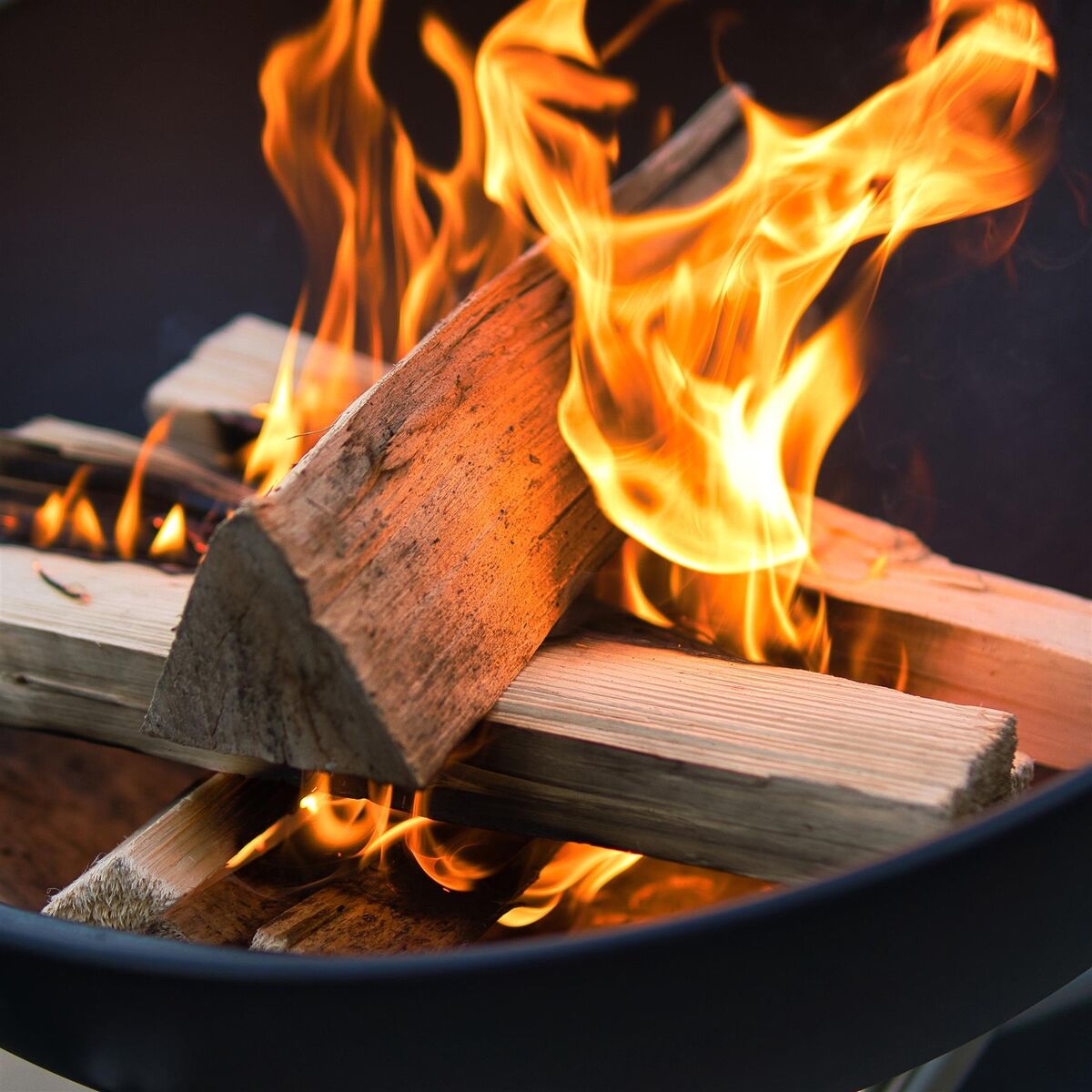
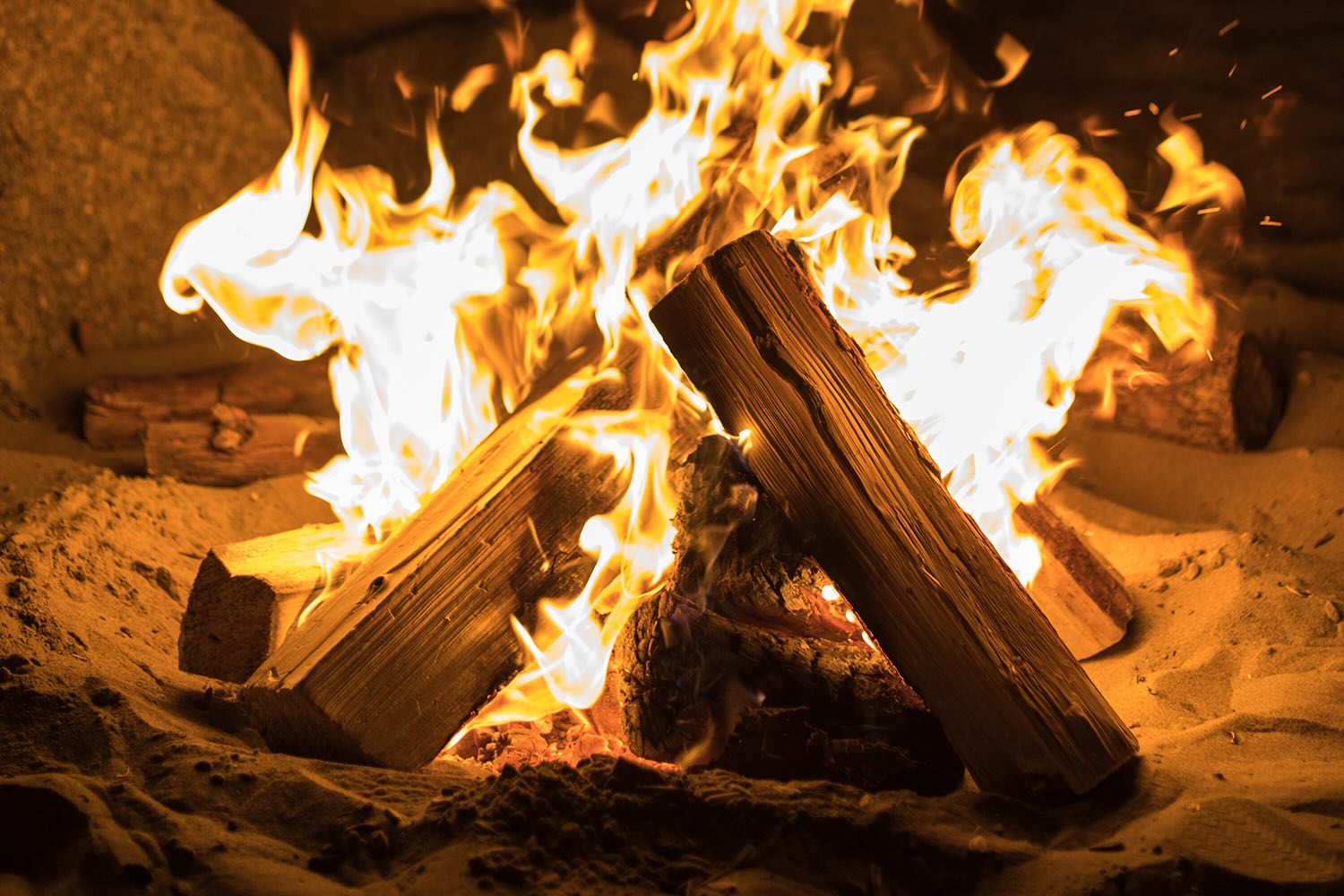
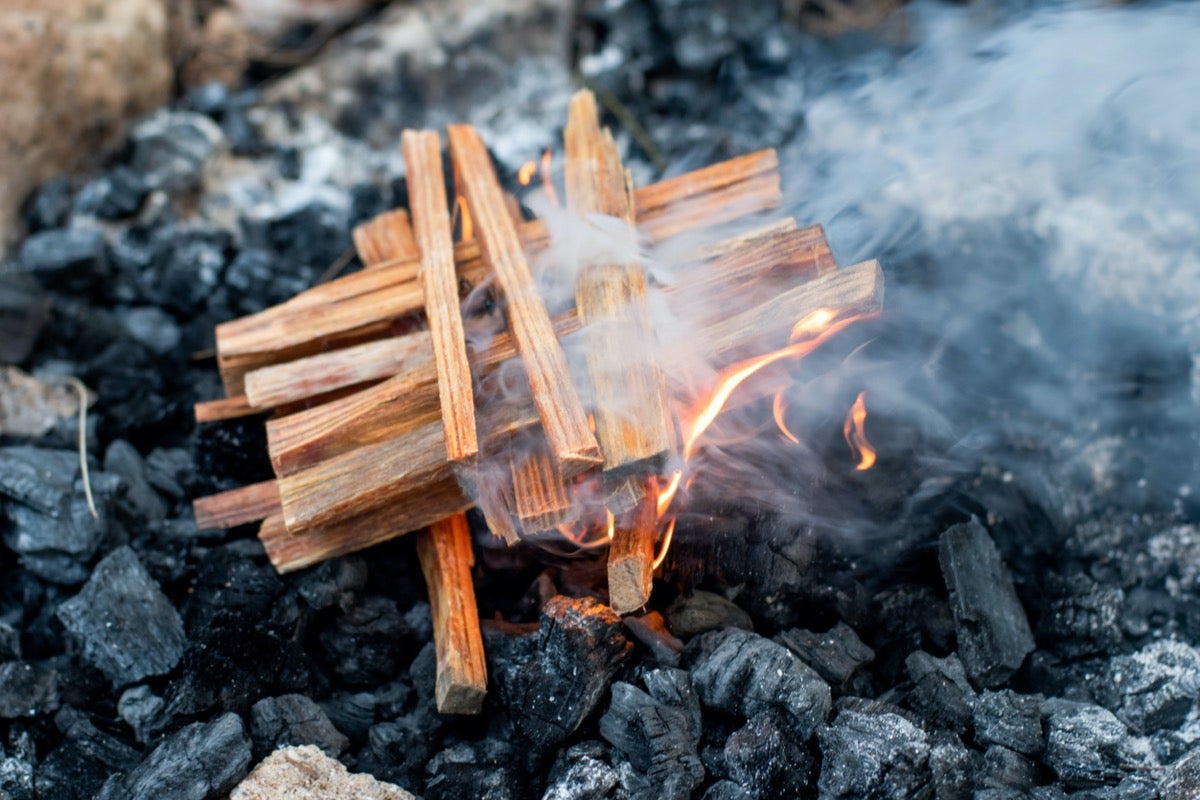
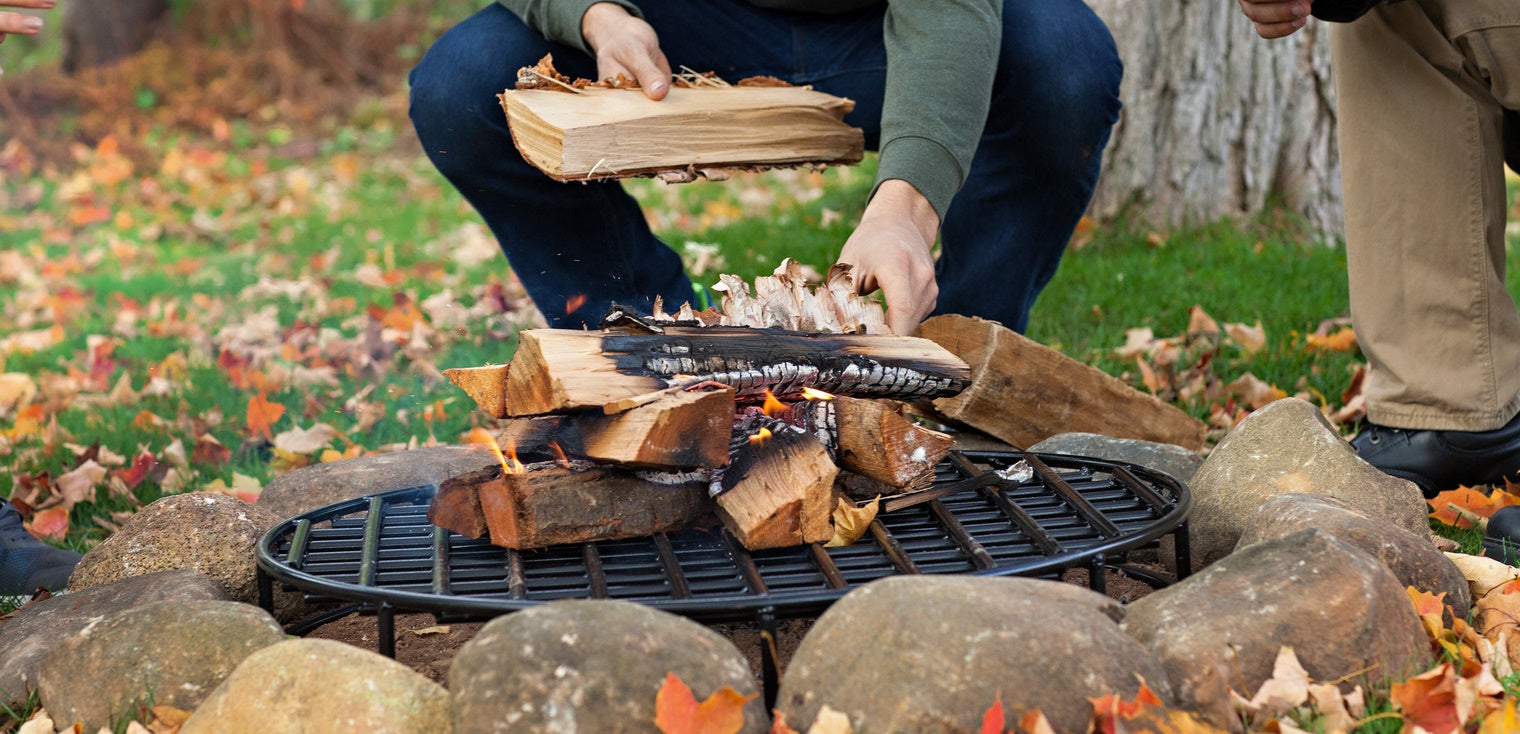
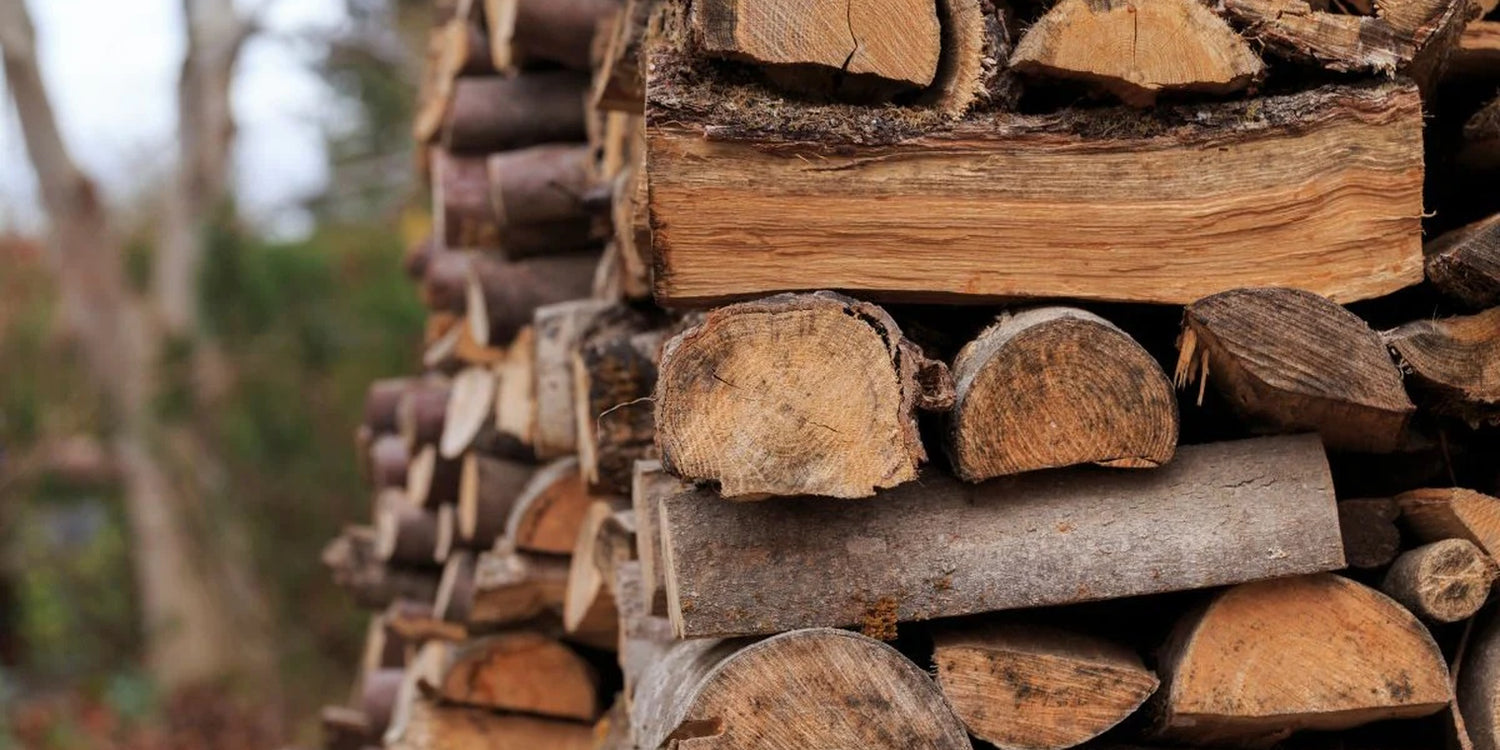
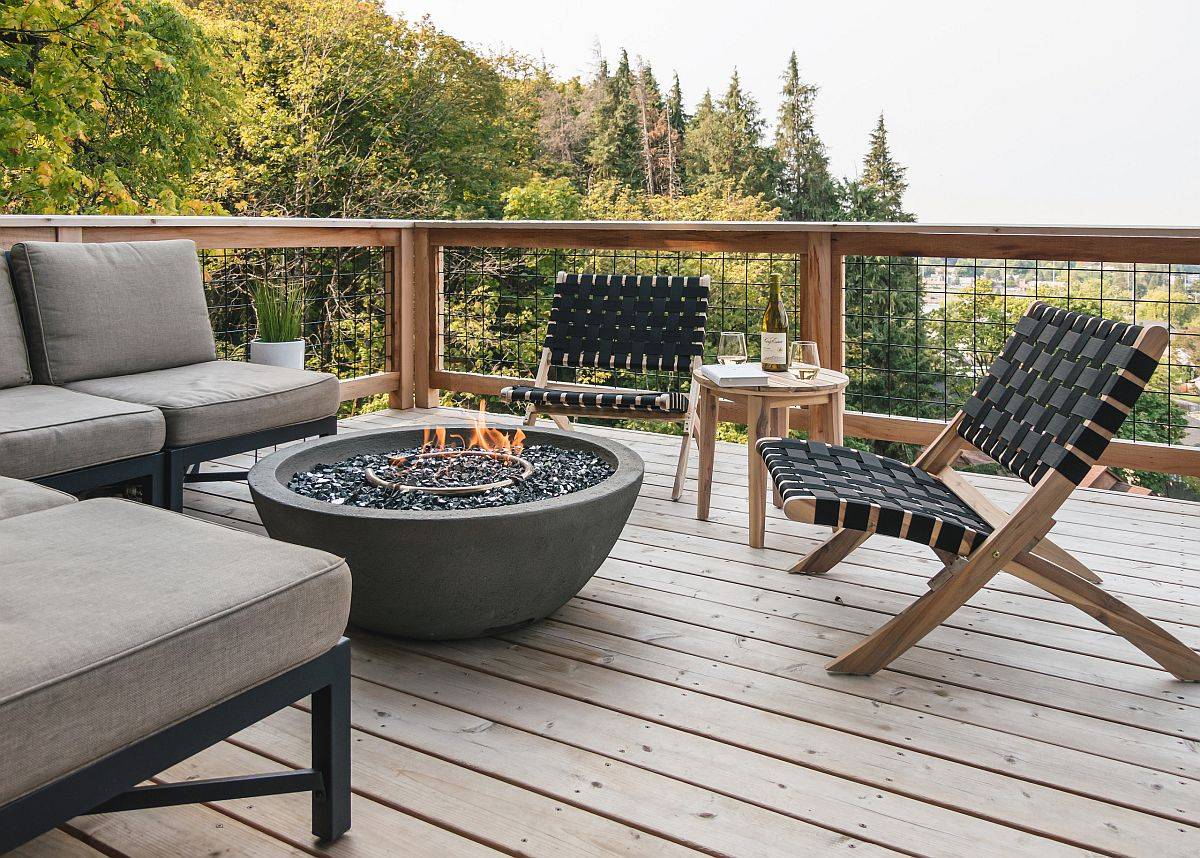
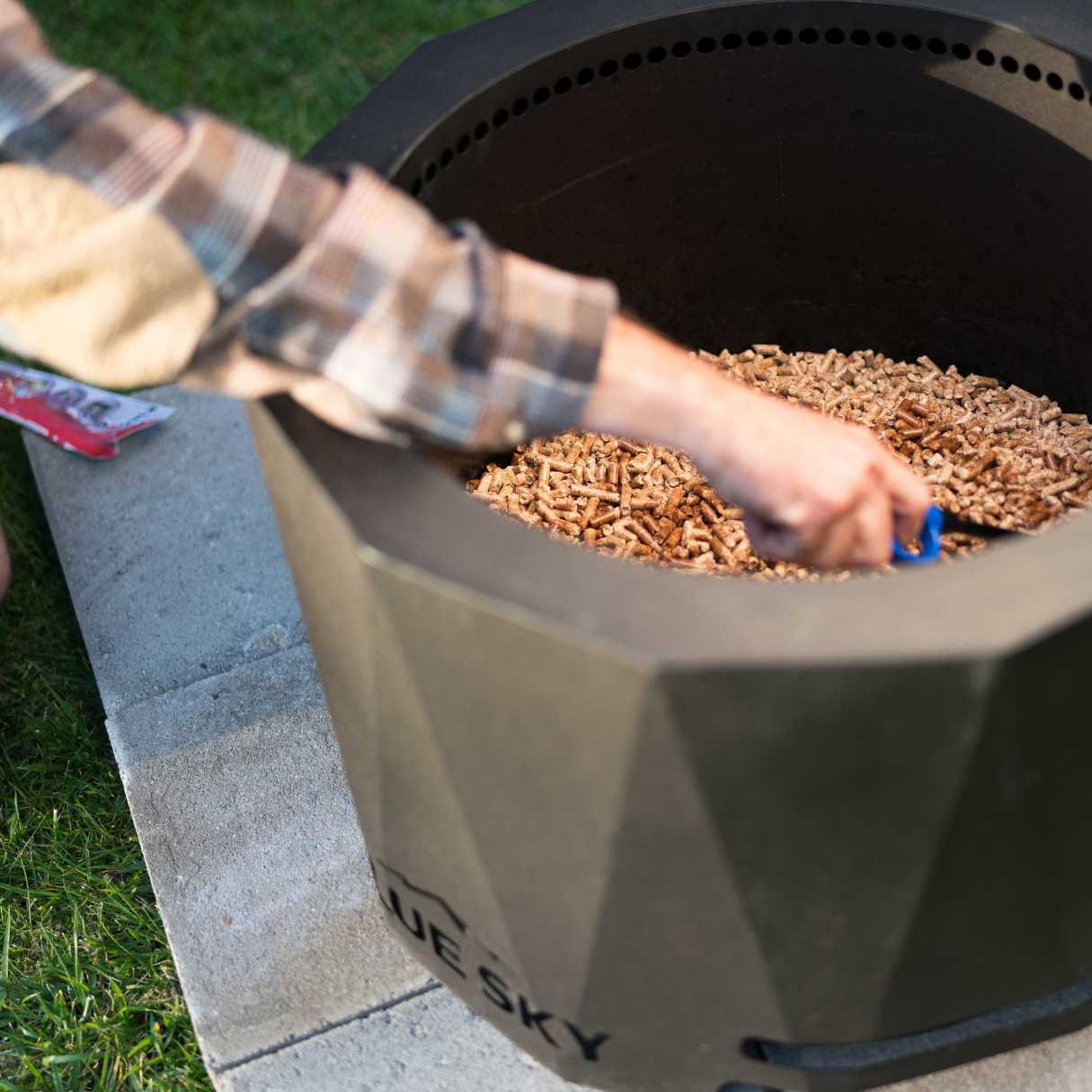
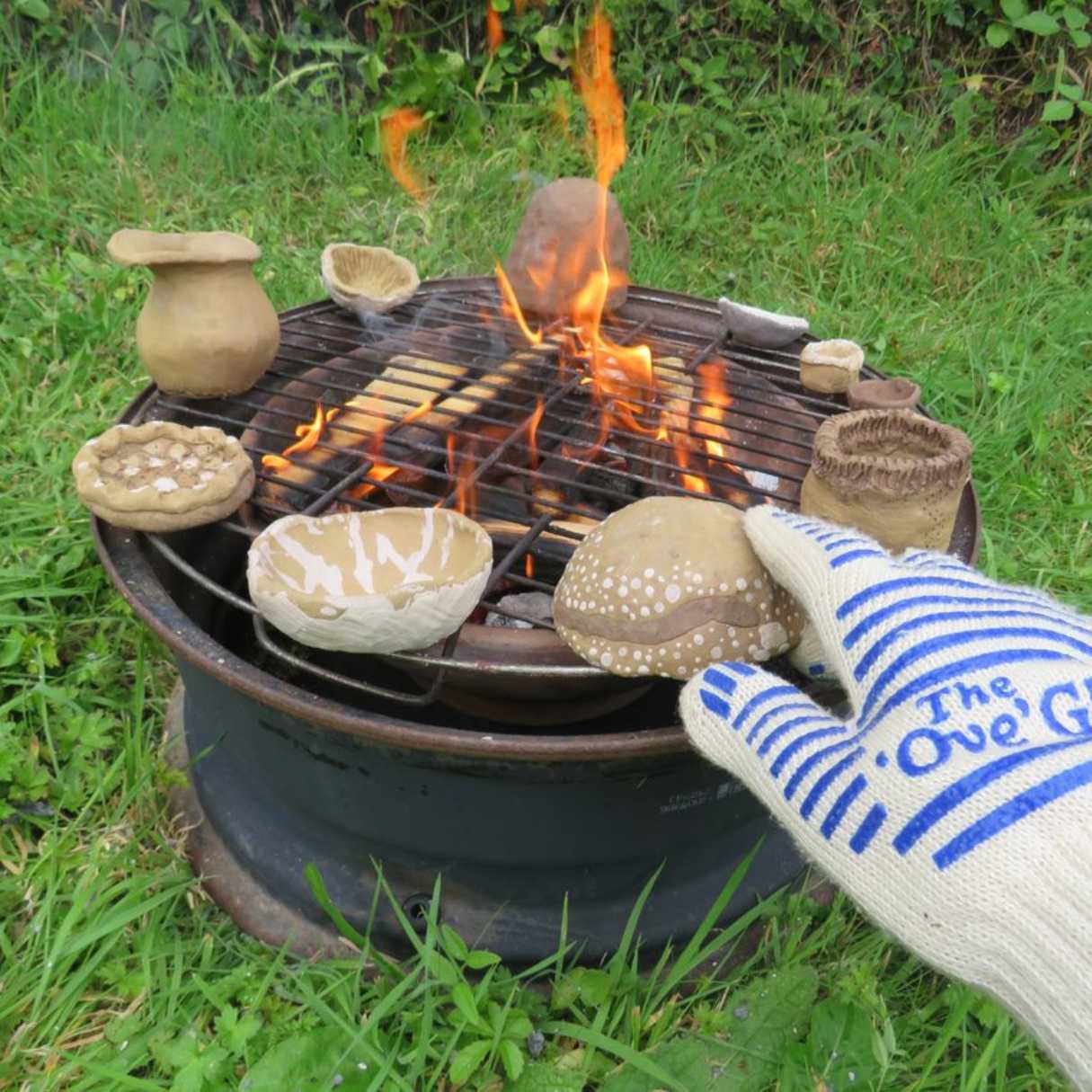
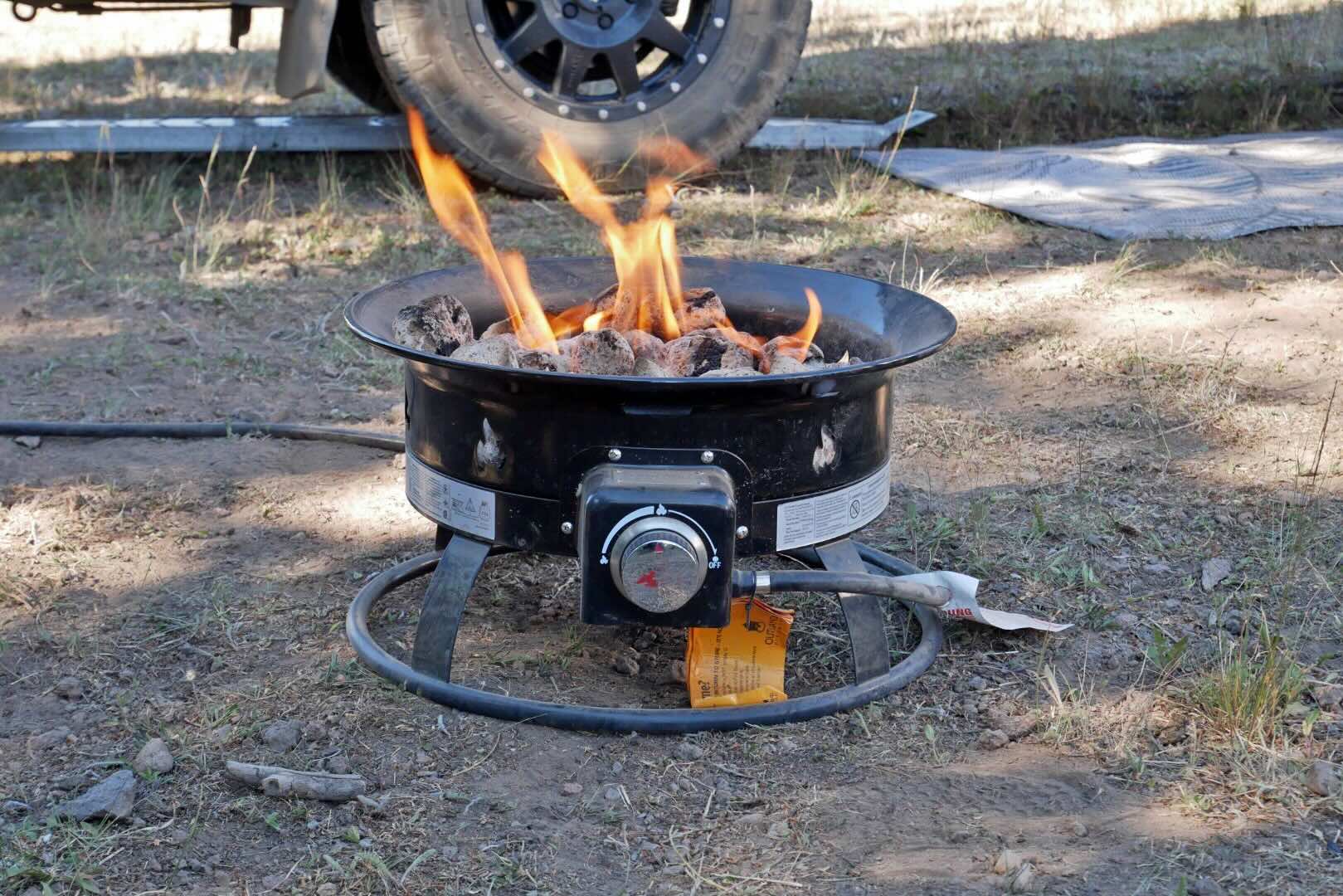
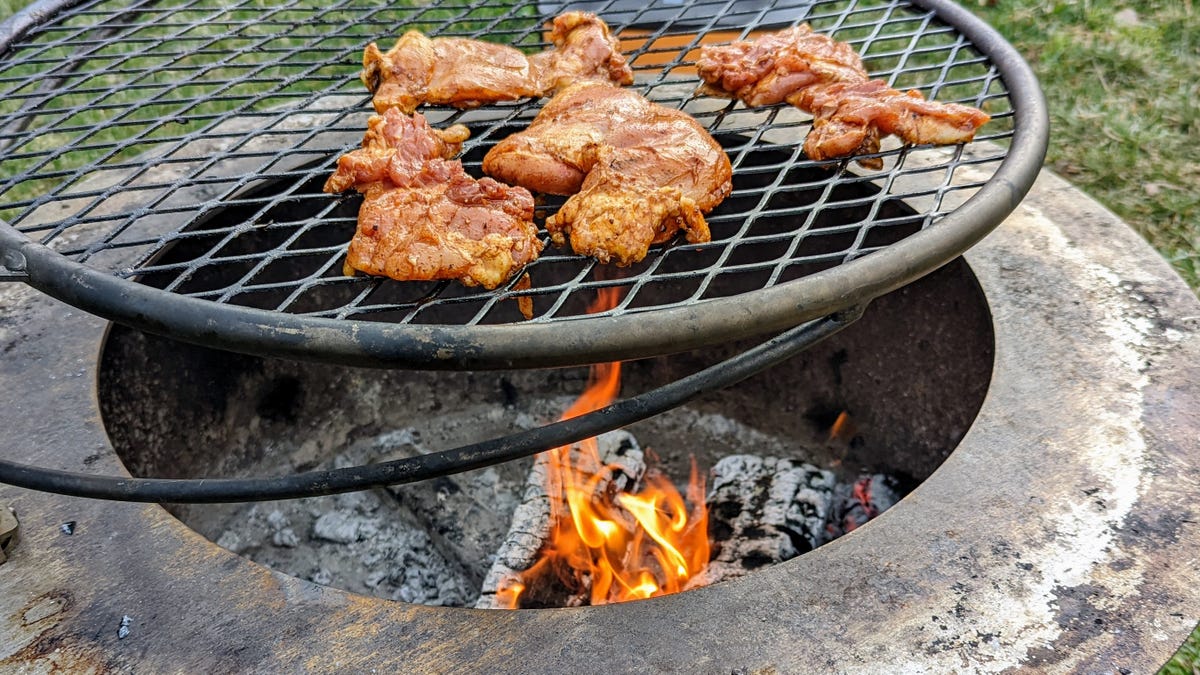
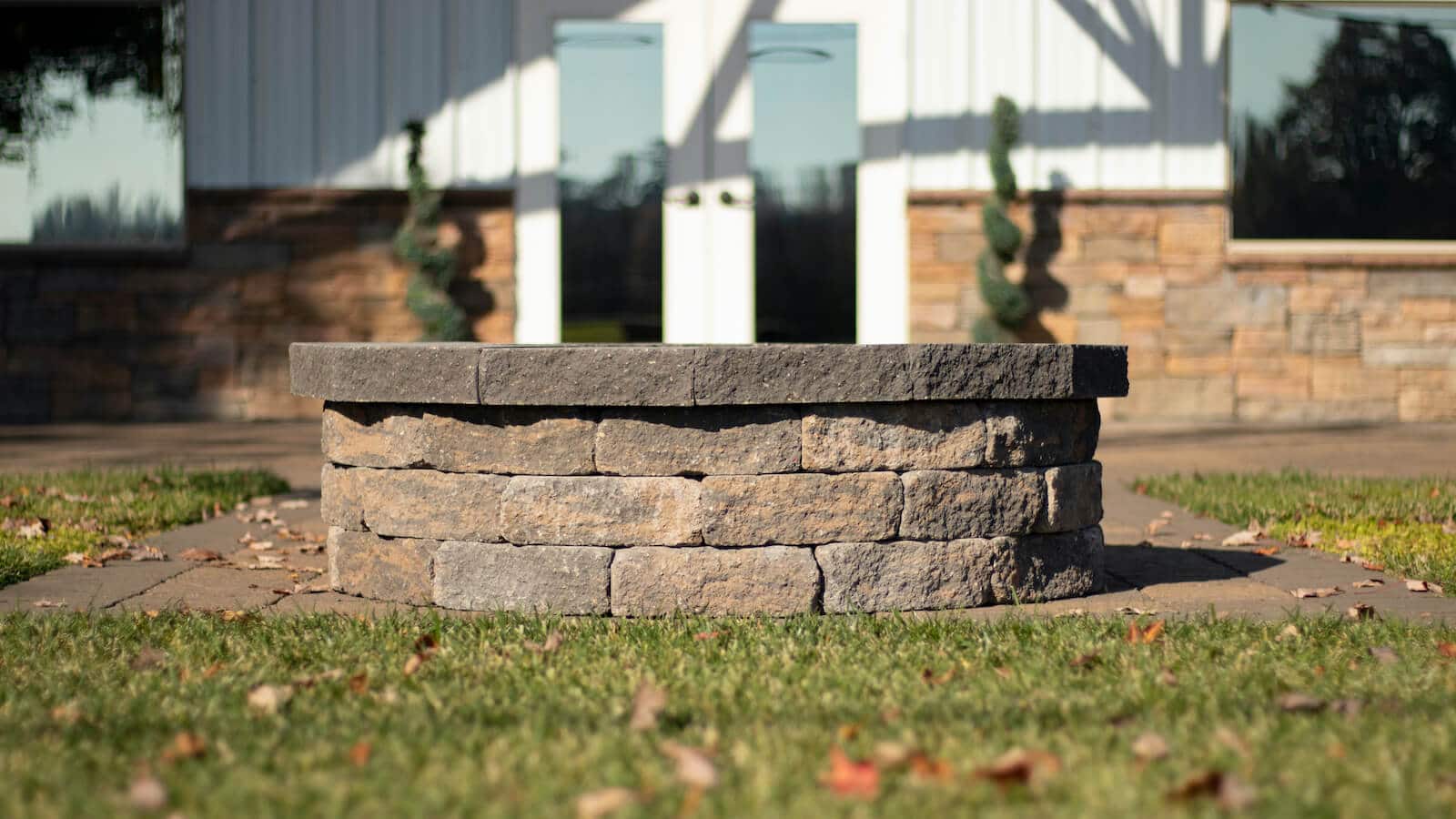
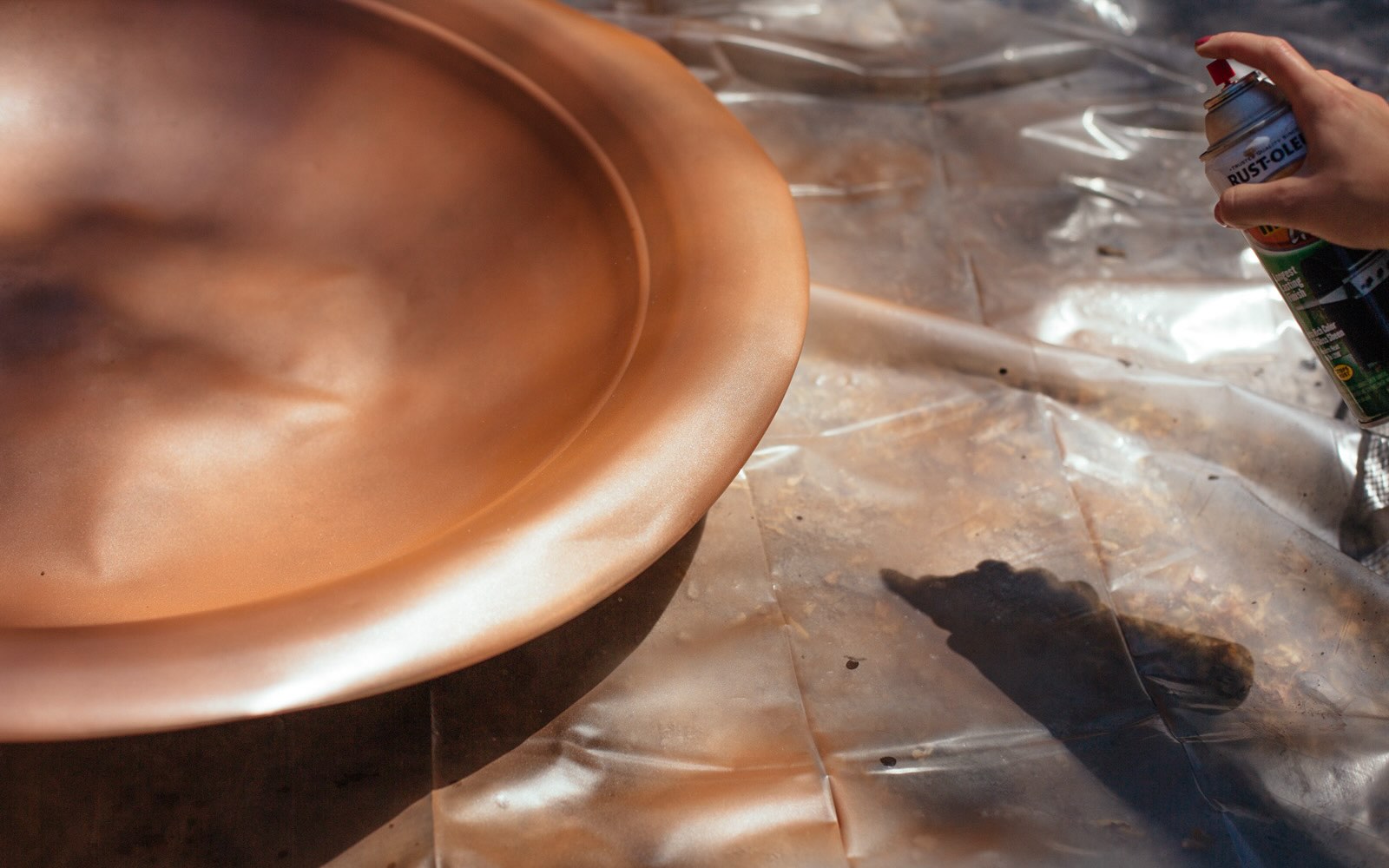
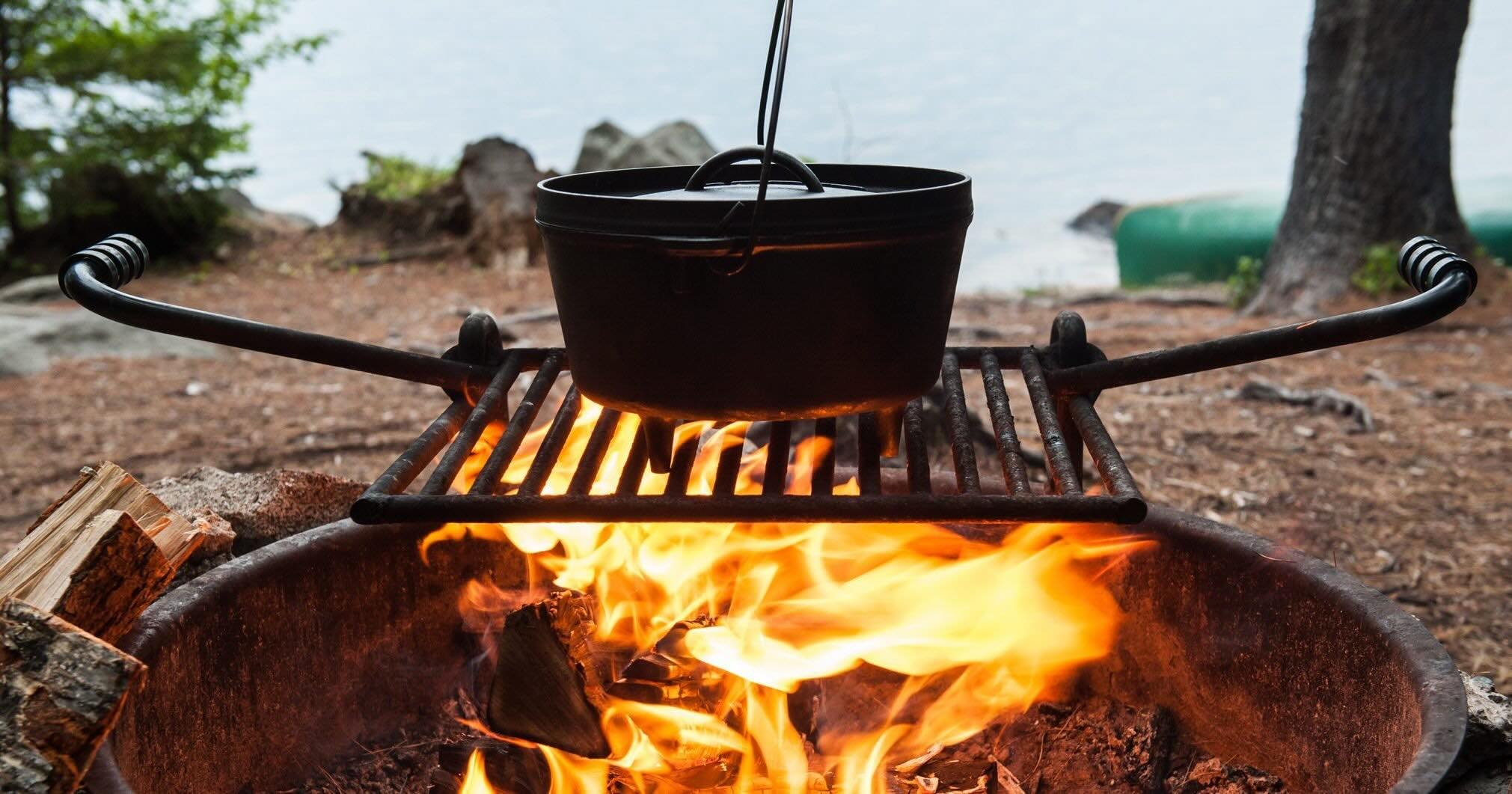
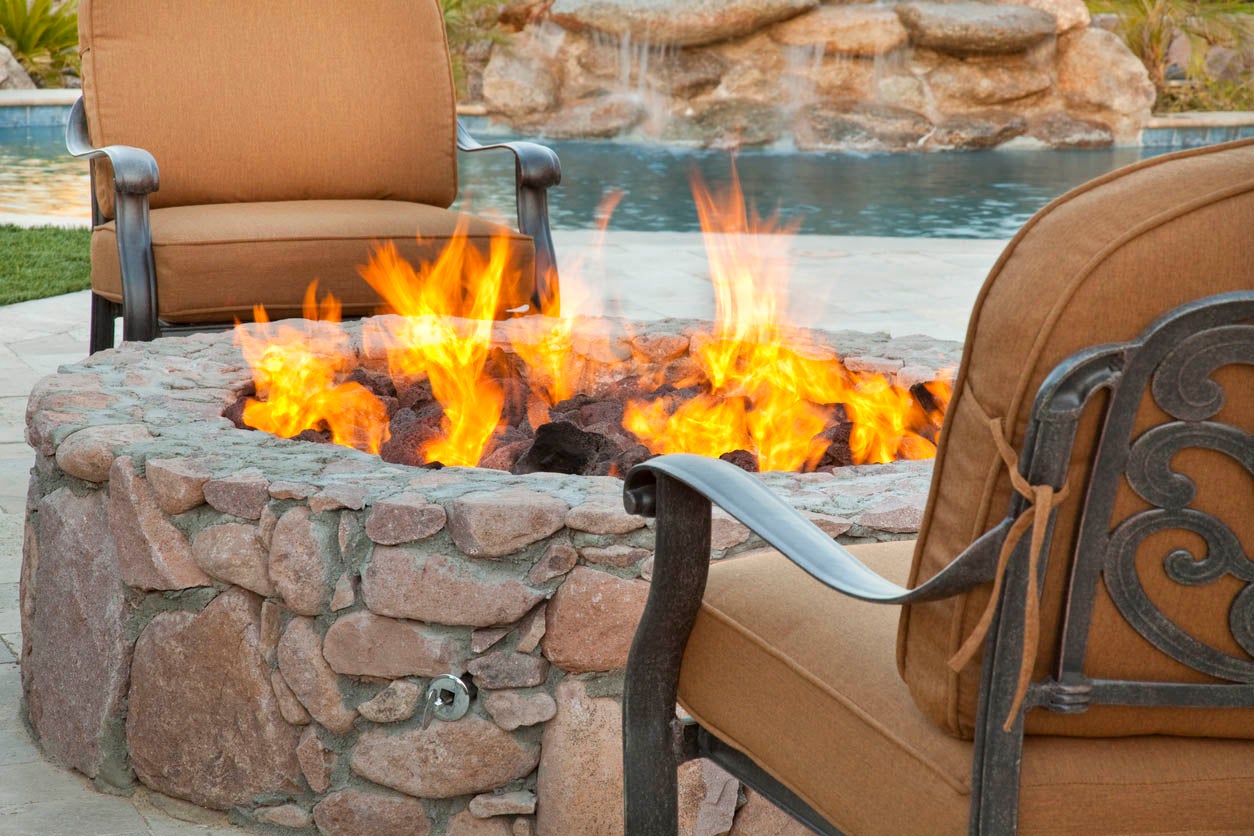

0 thoughts on “How Much Wood For Fire Pit”